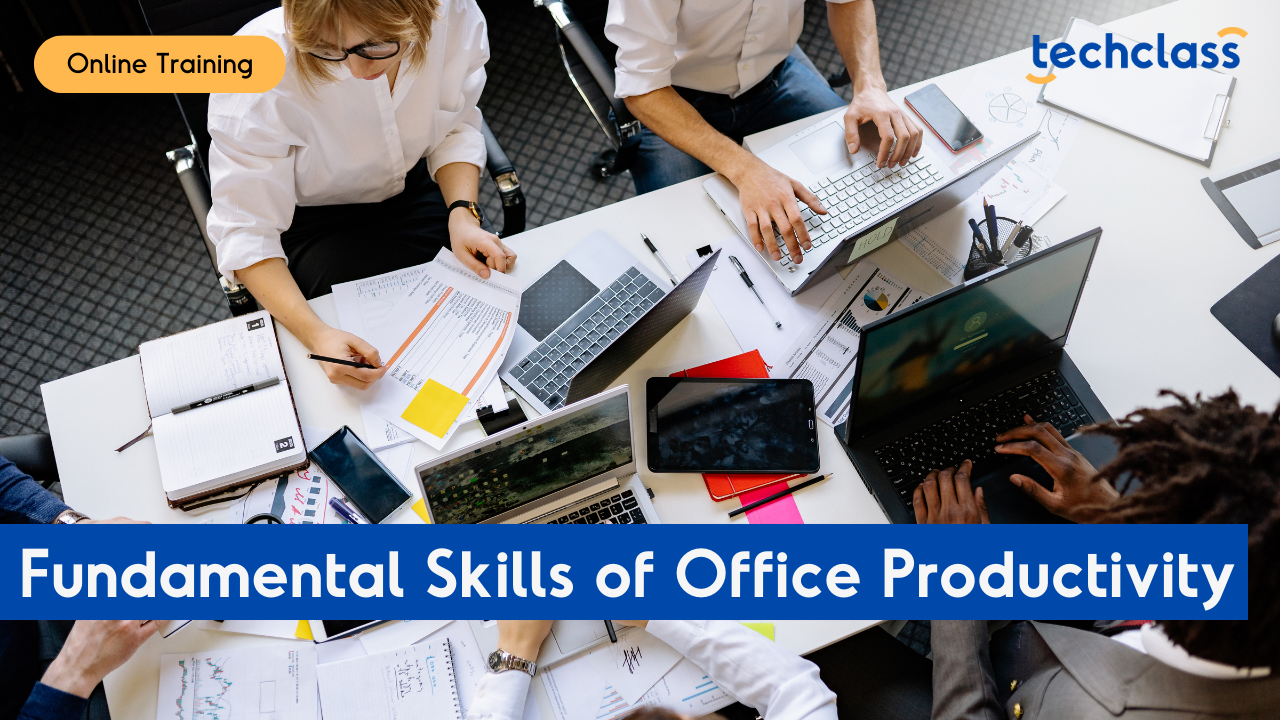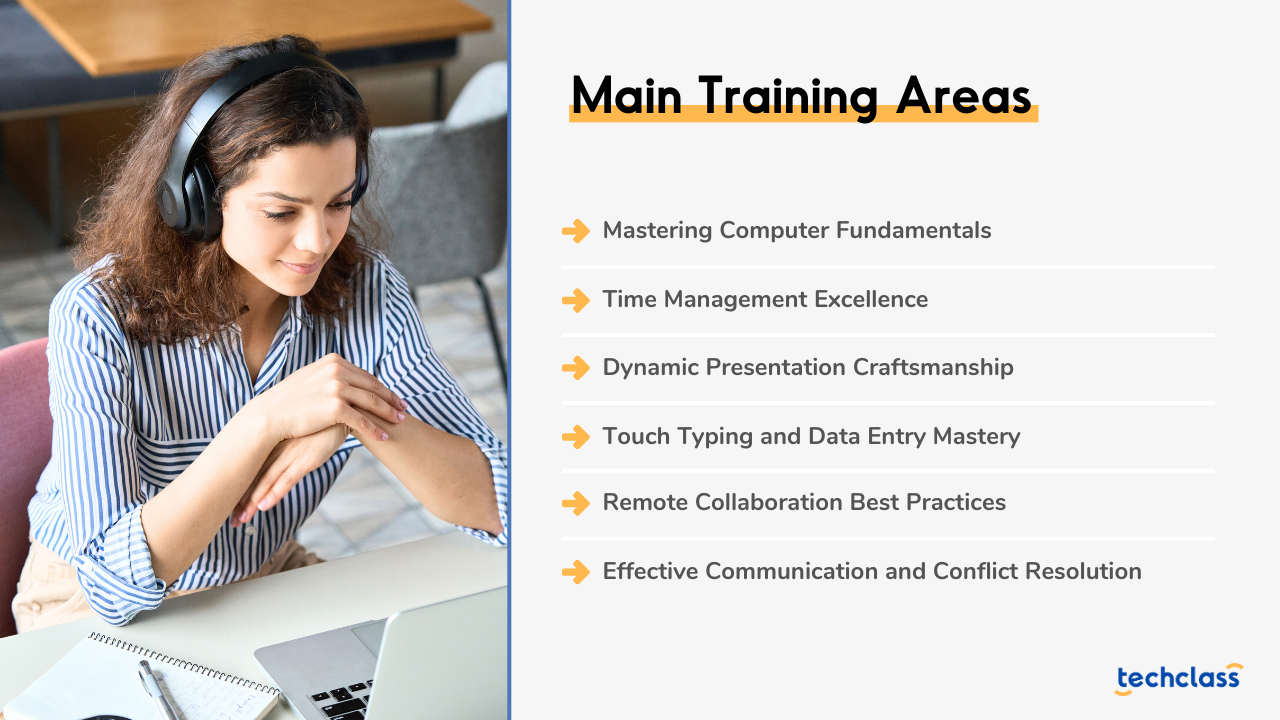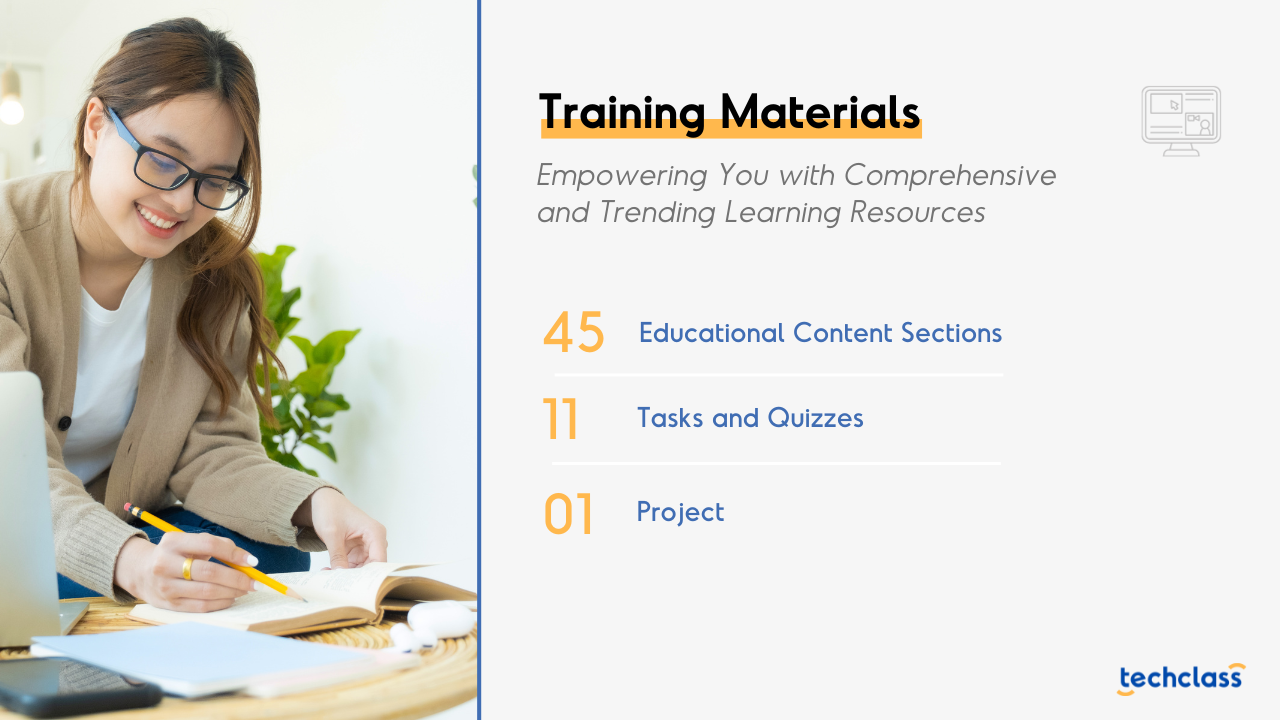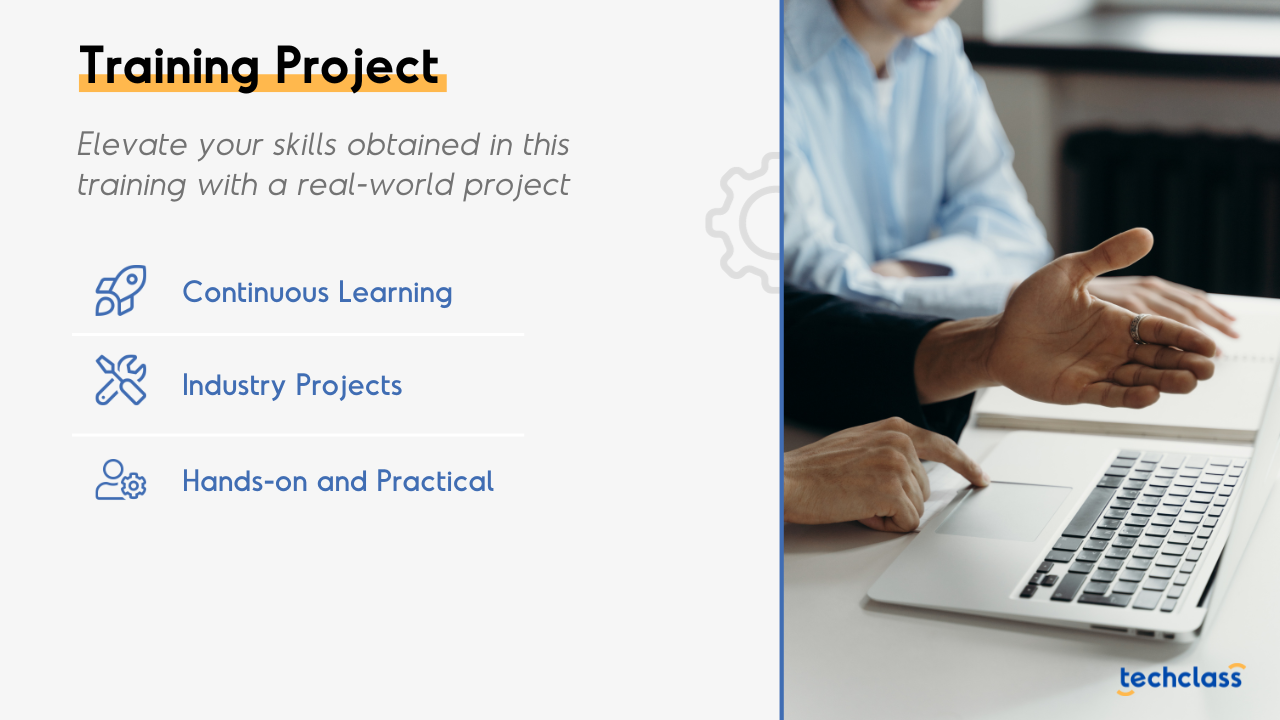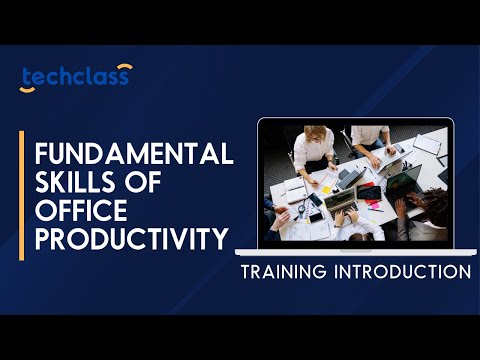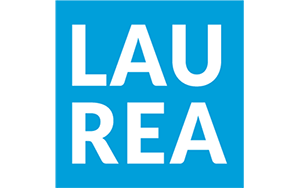Description
About the Training
Unlock your potential in the office with this comprehensive training. It starts with an overview of productivity, followed by computer essentials. Master the art of time management through techniques like Parkinson's Law and 'Eat the Frog.' Impress with high-caliber presentations and overcome the fear of public speaking.
Perfect your touch typing skills and excel at data entry. Learn to collaborate remotely and resolve conflicts gracefully.
Main Training Areas
- Mastering Computer Fundamentals
- Time Management Excellence
- Dynamic Presentation Craftsmanship
- Touch Typing and Data Entry Mastery
- Remote Collaboration Best Practices
- Effective Communication and Conflict Resolution
Training Audiences
- Office employees looking to increase their efficiency and make a stronger impact in their current roles.
- Fresh graduates who aim to equip themselves with a comprehensive skill set to excel in a corporate environment.
- Managers and team leaders interested in understanding the foundational skills their team needs for optimal productivity.
- Career changers who are entering a more traditional office setting and want to quickly get up to speed on essential office skills.
Study Options
At TechClass, we understand that every learner is unique. That's why we offer two flexible and engaging learning paths to cater to your individual needs and preferences.

Self-Paced Learning: The Power to Learn at Your Own Pace
Our Self-Paced Learning option puts you in complete control of your educational experience. Gain access to a wealth of carefully curated digital resources, including interactive videos, quizzes, and assignments that you can study at your convenience. This approach empowers you to balance your personal, professional, and educational life seamlessly, progressing at a pace that aligns with your goals and commitments. Take charge of your learning and achieve mastery on your terms.
Learn moreBlended Learning: The Best of Both Worlds
Experience the perfect blend of online and in-person learning with our Blended Learning workshops. This approach combines the flexibility of self-paced study with the dynamic engagement of instructor-led workshops. Dive into our comprehensive digital resources and then enhance your understanding by attending interactive workshops led by industry experts. Benefit from real-time feedback, group discussions, and hands-on activities to solidify your knowledge and develop essential skills. Our Blended Learning path fosters collaboration, cultivates critical thinking, and offers a rich learning experience tailored to your success.
Learn more
Training Support
Graduation
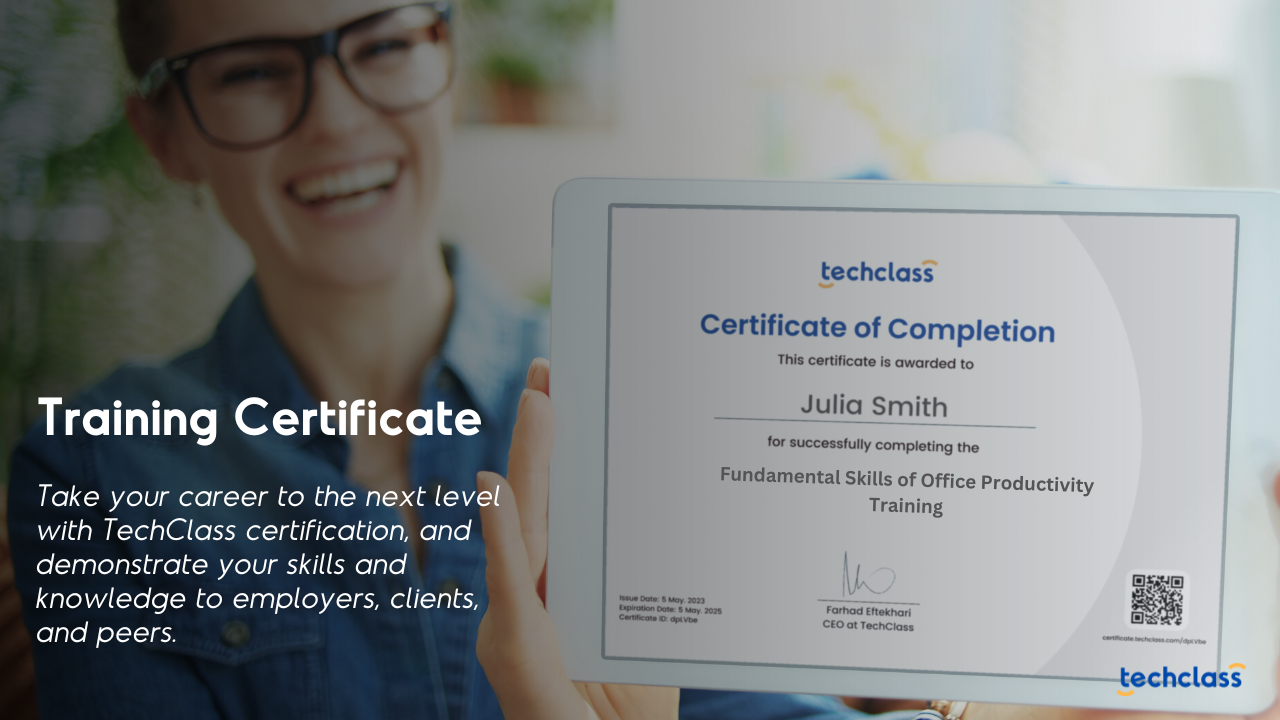
Training Certificate
Upon completing this training path, you will receive a certification from TechClass that recognizes your expertise and knowledge in your field. With this certification, you can demonstrate your skills and knowledge to employers, clients, and peers, and take your career to the next level.

